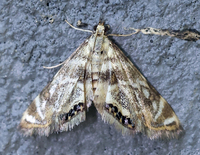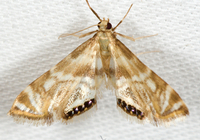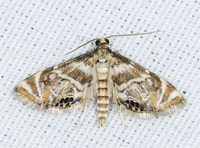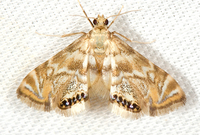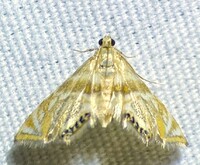
| Recorded by: Dean Furbish, Lior S. Carlson, Randy Emmitt on 2025-08-12
Alamance Co.
Comment: | 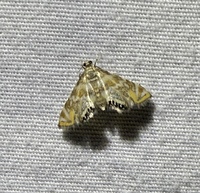
| Recorded by: Dean Furbish, Lior S. Carlson, Randy Emmitt on 2025-08-12
Alamance Co.
Comment: |
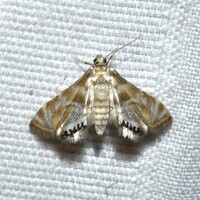
| Recorded by: David George, Jeff Niznik, Jim Petranka, Becky Elkin on 2025-05-24
Richmond Co.
Comment: | 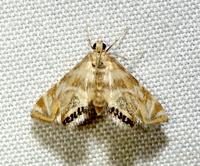
| Recorded by: David George, Jeff Niznik on 2024-09-21
Chatham Co.
Comment: |
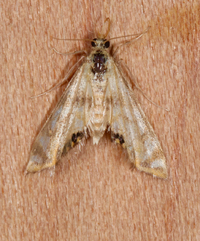
| Recorded by: Jim Petranka, Mark Basinger and Becky Elkin on 2024-09-20
Madison Co.
Comment: | 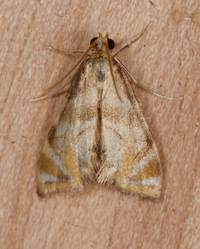
| Recorded by: Jim Petranka, Mark Basinger and Becky Elkin on 2024-09-20
Madison Co.
Comment: |
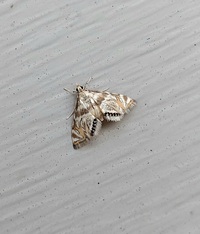
| Recorded by: Mark Basinger on 2024-08-09
Mitchell Co.
Comment: | 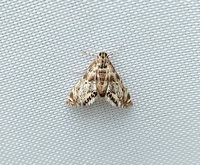
| Recorded by: Mark Basinger on 2024-08-04
Mitchell Co.
Comment: |
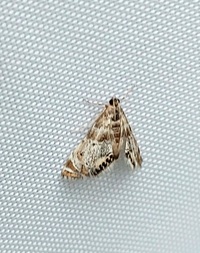
| Recorded by: Mark Basinger on 2024-08-04
Mitchell Co.
Comment: | 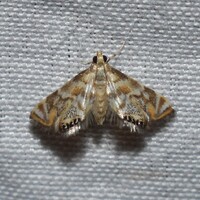
| Recorded by: David George, Jeff Niznik, Stephen Dunn on 2024-08-02
Chatham Co.
Comment: |
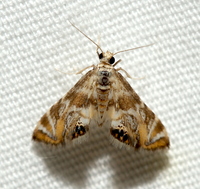
| Recorded by: David George, Jeff Niznik, Patrick Coin, Steve Hall, Carol Tingley, Tom Howard on 2024-07-27
Chatham Co.
Comment: | 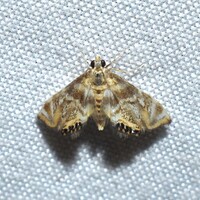
| Recorded by: Jeff Niznik on 2024-07-26
Alamance Co.
Comment: |
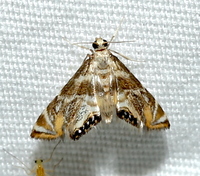
| Recorded by: David George on 2024-07-04
Chatham Co.
Comment: | 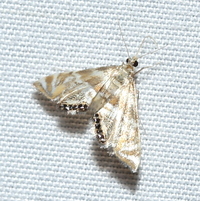
| Recorded by: David George, Jeff Niznik, Stephen Dunn on 2024-06-29
Chatham Co.
Comment: |
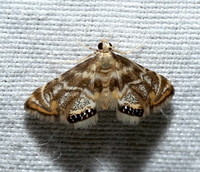
| Recorded by: David George, Stephen Dunn, Jeff Niznik, Patrick Coin on 2024-06-22
Chatham Co.
Comment: | 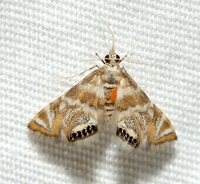
| Recorded by: David George, Stephen Dunn, Jeff Niznik, Patrick Coin on 2024-06-22
Chatham Co.
Comment: |
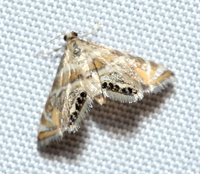
| Recorded by: David George, Stephen Dunn, Jeff Niznik, Patrick Coin on 2024-06-22
Chatham Co.
Comment: | 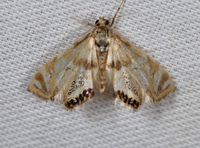
| Recorded by: Jim Petranka on 2024-06-12
Madison Co.
Comment: |
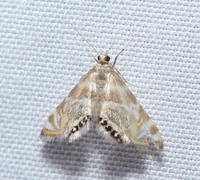
| Recorded by: David George, Jeff Niznik on 2024-06-10
Chatham Co.
Comment: | 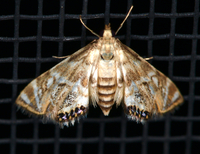
| Recorded by: Jim Petranka on 2024-06-05
Madison Co.
Comment: |
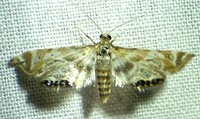
| Recorded by: Dean Furbish on 2024-06-01
Orange Co.
Comment: | 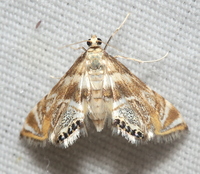
| Recorded by: David George, Jeff Niznik on 2024-05-25
Chatham Co.
Comment: |
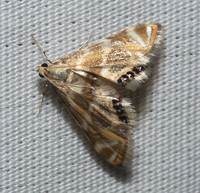
| Recorded by: David George, Rich Teper on 2024-05-13
Chatham Co.
Comment: | 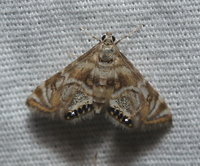
| Recorded by: David George, Rich Teper on 2024-05-13
Chatham Co.
Comment: |
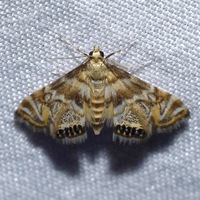
| Recorded by: David George, Stephen Dunn, Jeff Niznik on 2024-04-29
Chatham Co.
Comment: | 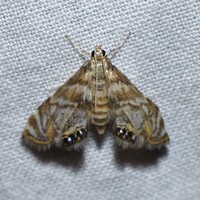
| Recorded by: David George, Stephen Dunn, Jeff Niznik on 2024-04-29
Chatham Co.
Comment: |
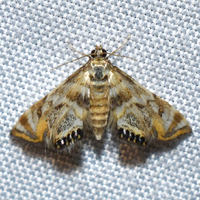
| Recorded by: Jeff Niznik on 2023-09-29
Harnett Co.
Comment: | 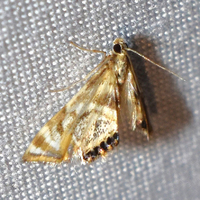
| Recorded by: Jeff Niznik on 2023-09-29
Harnett Co.
Comment: |
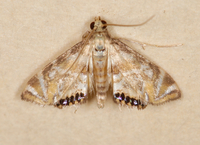
| Recorded by: Jim Petranka and Becky Elkin on 2023-09-25
Madison Co.
Comment: | 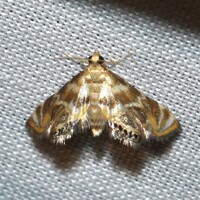
| Recorded by: Stephen Dunn, Jeff Niznik on 2023-07-26
Chatham Co.
Comment: |
|

 »
»